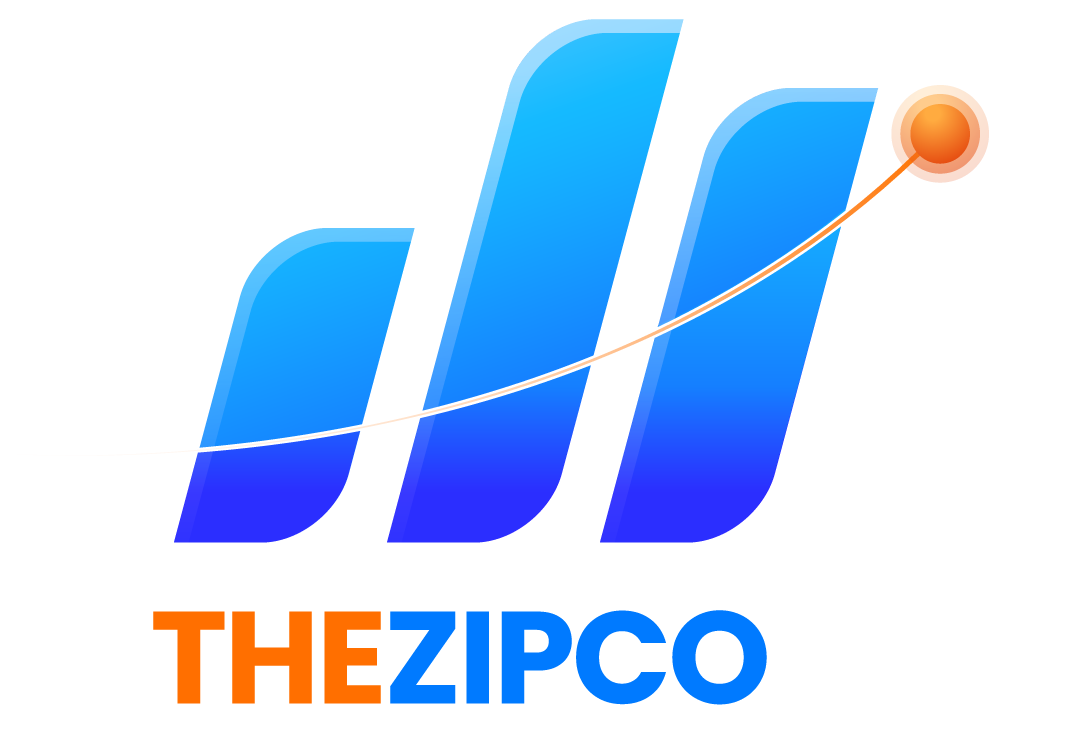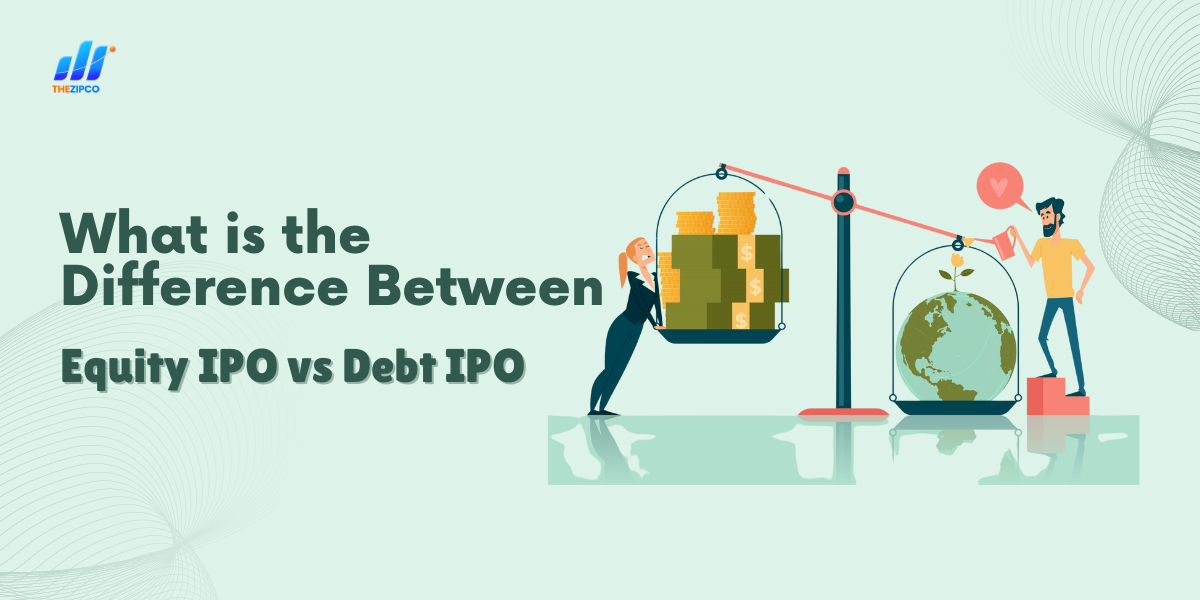Equity IPO and Debt IPO (NCD IPO)
Companies require finances to manage their operations, settle existing debts, and support their expansion activities. Initial Public Offerings (IPOs) are a popular method for unlisted companies—those whose stocks are not listed on stock exchanges—to raise capital for their business needs. When comparing Equity IPO and Debt IPO, understanding these options’ nuances, advantages, and risks is essential before making investment decisions.
A company can raise capital in two ways: Equity and Debt. Through equity, it invites investors to become shareholders. In contrast, through debt, it borrows money from investors with the promise of a predetermined rate of return.
What is an Equity IPO?
Equity IPOs are financial instruments issued by private limited or unlisted companies to raise capital through equity. These companies invite investors to contribute capital and become shareholders. Upon successful issuance of the IPO, the company becomes listed on an exchange, allowing its stocks to be traded.
There are two types of Equity IPOs based on their pricing process:
- Fixed Price Issue: The company sets a predetermined price per share before the IPO issuance.
- Book Building Issue: In a book building issue, the company establishes a price range, and investors must submit bids within that range. After the bidding process concludes, the company determines the final price based on investor response, and shares are allocated accordingly.
What is an NCD IPO?
NCDs (Non-Convertible Debentures) are fixed-term financial instruments issued by companies to raise capital through debt. Companies invite investors to lend them money for a specified period to meet their business needs. In exchange, investors receive a predetermined rate of return.
There are two types of NCDs:
- Secured NCDs: These are backed by company assets. If the company fails to repay its debts, the assets can be liquidated to compensate the lenders.
- Unsecured NCDs: These are not backed by any company assets, making them riskier investments. However, they typically offer higher returns compared to secured NCDs.
Difference between Equity IPO and Debt IPO
| Equity IPO | Debt IPO |
| Capital raised by sharing ownership with the investors. | Capital raised by borrowing from the investors. |
| The investor is a shareholder. | The investor is a lender. |
| No assured returns. | Assured returns at a fixed rate. |
| The risk is high, Reward potential is high. | Moderate risk, moderate returns. |
Conclusion
Choosing between Equity IPOs and Debt IPOs (NCD IPOs) depends on your investment goals and risk tolerance. Equity IPOs offer ownership and growth potential but come with market-related risks. On the other hand, Debt IPOs provide fixed returns with lower risk but no ownership stake. Understanding these options thoroughly empowers investors to make informed decisions aligned with their financial objectives.
Keep reading and supporting thezipco!


